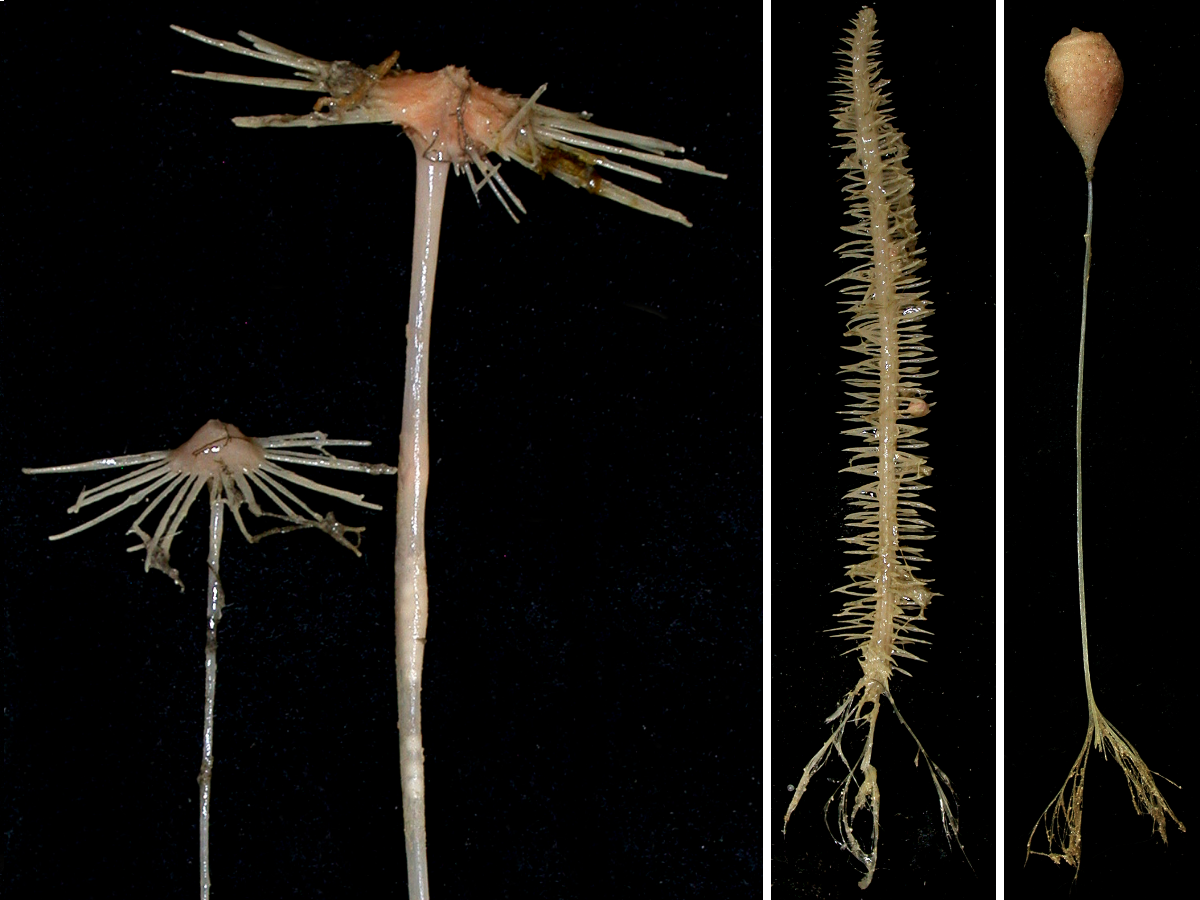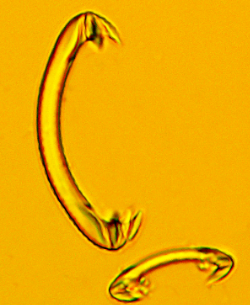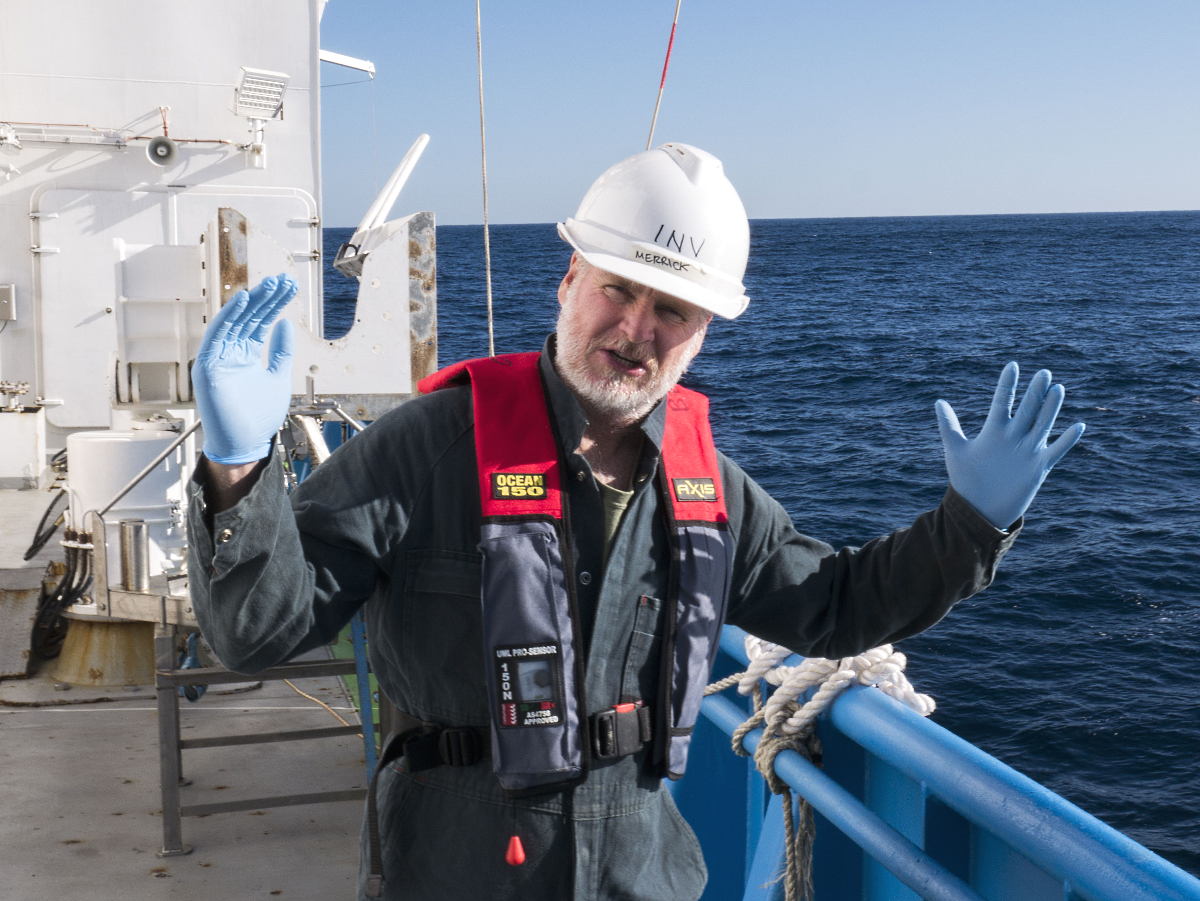May 25, 2017

 Day 11: Merrick Ekins, Queensland Museum
Day 11: Merrick Ekins, Queensland Museum
In our beam trawls we have found some fantastic carnivorous sponges: micro predators only five to 15 centimetres long.

Sponges are very cool animals. Firstly they are silicon based, so they have amazing pure silicon (glass) spicules ranging from the microscopic (see picture) to ones up to a metre long. Secondly, sponge cells are totipotent, that is, each cell can behave like a stem cell and go on to become any other type of cell that is required. In the case of the carnivorous sponges, the new cell can migrate to the prey and individually digest little crustaceans.
We have collected species of Abyssocladia, sponges that resemble a bottlebrush, and Cladorhiza, which resemble parasols. These types of sponges have been reported previously to be carnivorous as they tend to get small crustaceans hooked on their Velcro-like spines to be slowly digested in-situ. This technique differs from most deep-sea sponges, which feed on bacteria and other single-celled organisms filtered from passing currents.
I need to examine the spicules of these specimens to see if I can identify them, but first I will have a look under the dissection microscope to see whether their spicules have snared any prey.

- Log in to post comments
